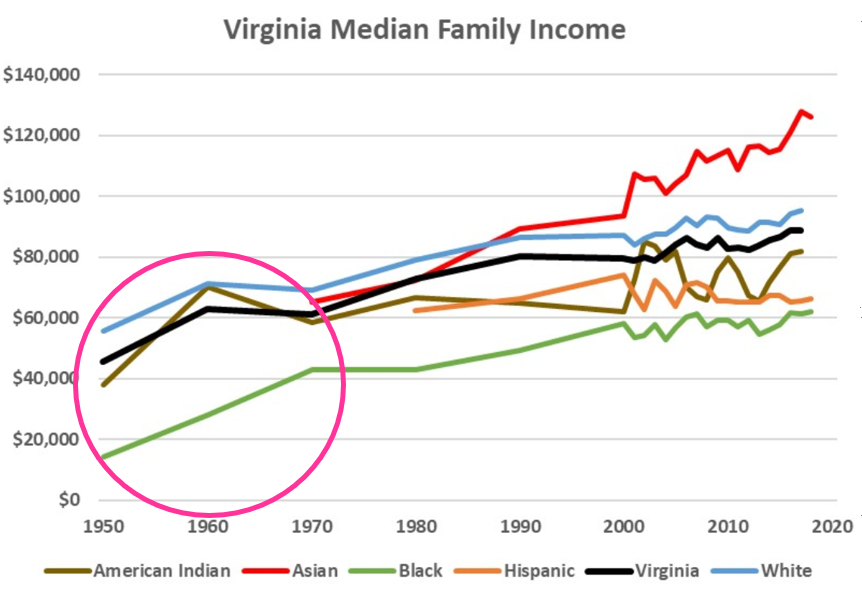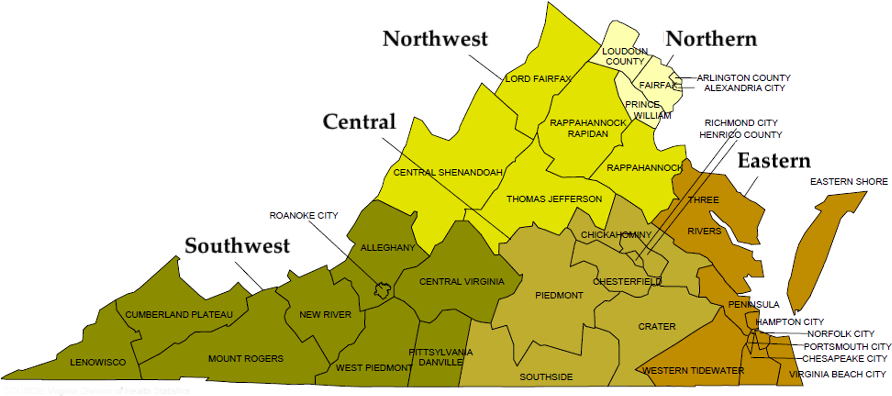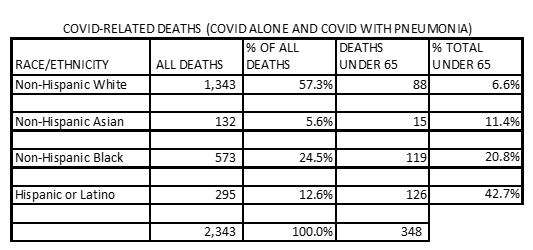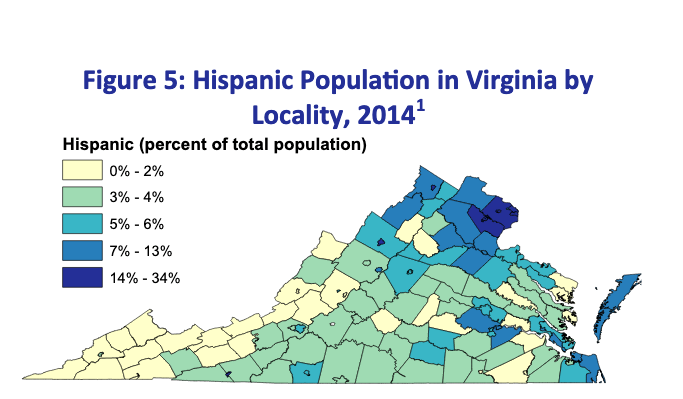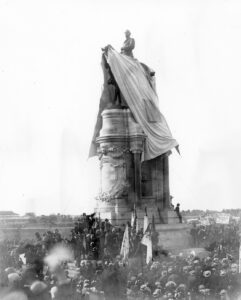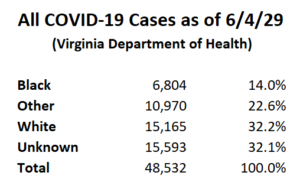
A horse pulling fiber in Kentucky. Photo credit: Pro Publica
by DJ Rippert
A tale of two places. The next generation of consumer wireless technology is called Fifth Generation or 5G. It is being rolled out in select parts of the United States right now. 5G will be a boon to urban and suburban Virginia. Absent heavy government subsidies, it will likely have a minimal direct effect on rural Virginia. Of course, any technology that favors high population density areas over low population density areas expands the rural-urban gap. The reasons for 5G’s value in high density areas vs low density areas run the gamut from physics to economics. However, there are some engineering scenarios and demographic situations where 5G might be effective in select rural areas without massive governmental subsidies. Those will be discussed later in this post. And, of course, massive government subsidies are always on the table. Continue reading

 By DJ Rippert
By DJ Rippert

